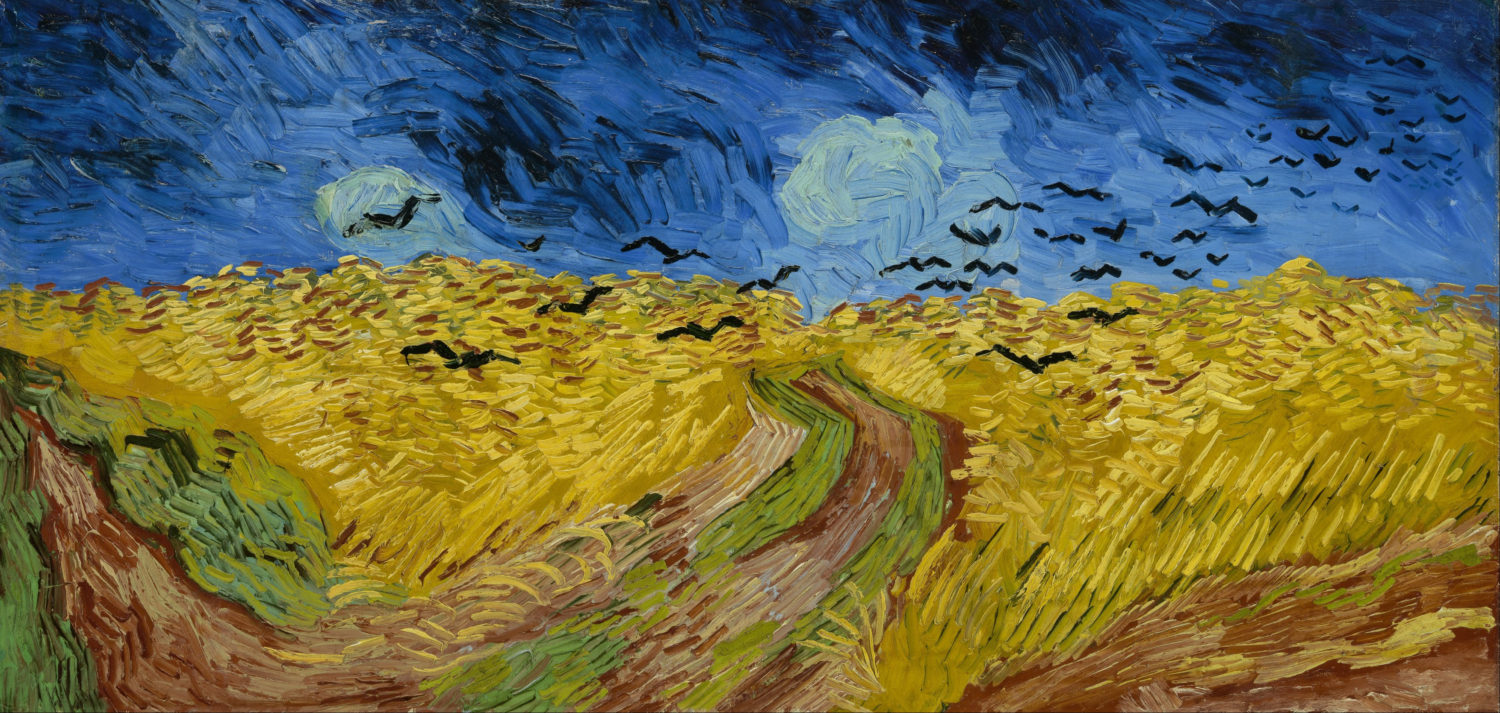
Ludolf Liberts (April 3, 1895 – March 11, 1959) was a Latvian artists whose works can be seen in the Latvian National Museum of Art and which sometimes crop up in the Western auction houses including “Paris” sold at Christie’s South Kensington “Russian Pictures & Works of Art” in 2009 for £12,500. You can see more of his work on Pinterest. This oil painting from about 1930 measures 65 X 48.7 cm depicts a vase of flowers and he may well have intended to go back and add more detail to it. Or not.
Wikipedia says :
Ludolfs Liberts was born in Cesis district Tirza 1895 on 3 April into a manor servant’s family. In 1907 the family moved to Torņkalns Riga. His first instruction of art was by in the painter Voldemārs Zeltiņš. He studied at the Julian Madernieks studio Stroganov Art School Sculpture department in Moscow (1911-1912) and the Kazan Art School (1912-1915), at the same time while working as a scenery designer at the Kazan Opera (1913-1914). In he 1916 started studying at the Alexander Military School, went to the Eastern Front, and later was an officer on the Polish front and was interned in Germany. Returned to Latvia in 1921. Worked in the magazine “Ho – ho” (1922-1924). He worked as the Latvian National Opera set designer and director (1924-1937), the State Securities Printing and Mint directors (1935-1940; 1941-1944), as well as the Latvian Academy of Arts (1923-1932) and figurative painting workshop leaders (1942-1944 ). Gold medals in Paris (1931) and Barcelona (1937). In 1944 during World War II he emigrated to Austria, at the end of the war he moved to Germany, where in Esslingen he was Latvian art school teacher. In 1950 he emigrated to the United States, where taught painting at New York City College. He died in 1959 on 11 March in New York. His ash urn was buried at Greenwood cemetery.
He worked at the Riga Group of Artists and Artists Society “Sadarbs” (1924-1939), and was its chairman (1929-1939). The most important part of the creative work was theatrical set design. Artistic activity at an early stage was in the Russian scene painting tradition effect – Wolfgang Amadeus Mozart’s opera “Escape from sulfur” (1924), Alfrēda Kalniņa “Islanders” (1926), Jāzepa Mediņa “Spriditis” (1,927), where the scenery is often was very splendid. His Easel Painting work at an early stage had constructivist features, but Western European travel gradually affected his shapes and lines and his coloring became impressionistic.
In Latvia he painted landscapes, dominated by vernacular fields with meadows and birch groves, but gained his popularity from his pictures of the Paris sights and Venetian palaces, squares and canals. Painted figurative compositions of ancient Latvian life topics, which mostly possess an idyllic nature. Also he created portrait genre works, among which he created in his imagination portraits of kings of ancient Latvia. While in refugee camps, turned to tempera painting. Exiled in the United States he continued to paint Riga, Venice and Paris landscapes.
Participated in exhibitions from 1914. Works exhibited in Riga Group of Artists, artists ‘association “Sadarbs” Artists’ Association “Green Crow”, Independent Artists, Cultural Foundation and national exhibitions organized by Latvian and abroad. He exhibited in Riga (1923 (with Conrad Ubāns) 1934, 1938); Paris (1927); Brussels (1929); Berlin (1934, 1938); Stockholm (1938).
